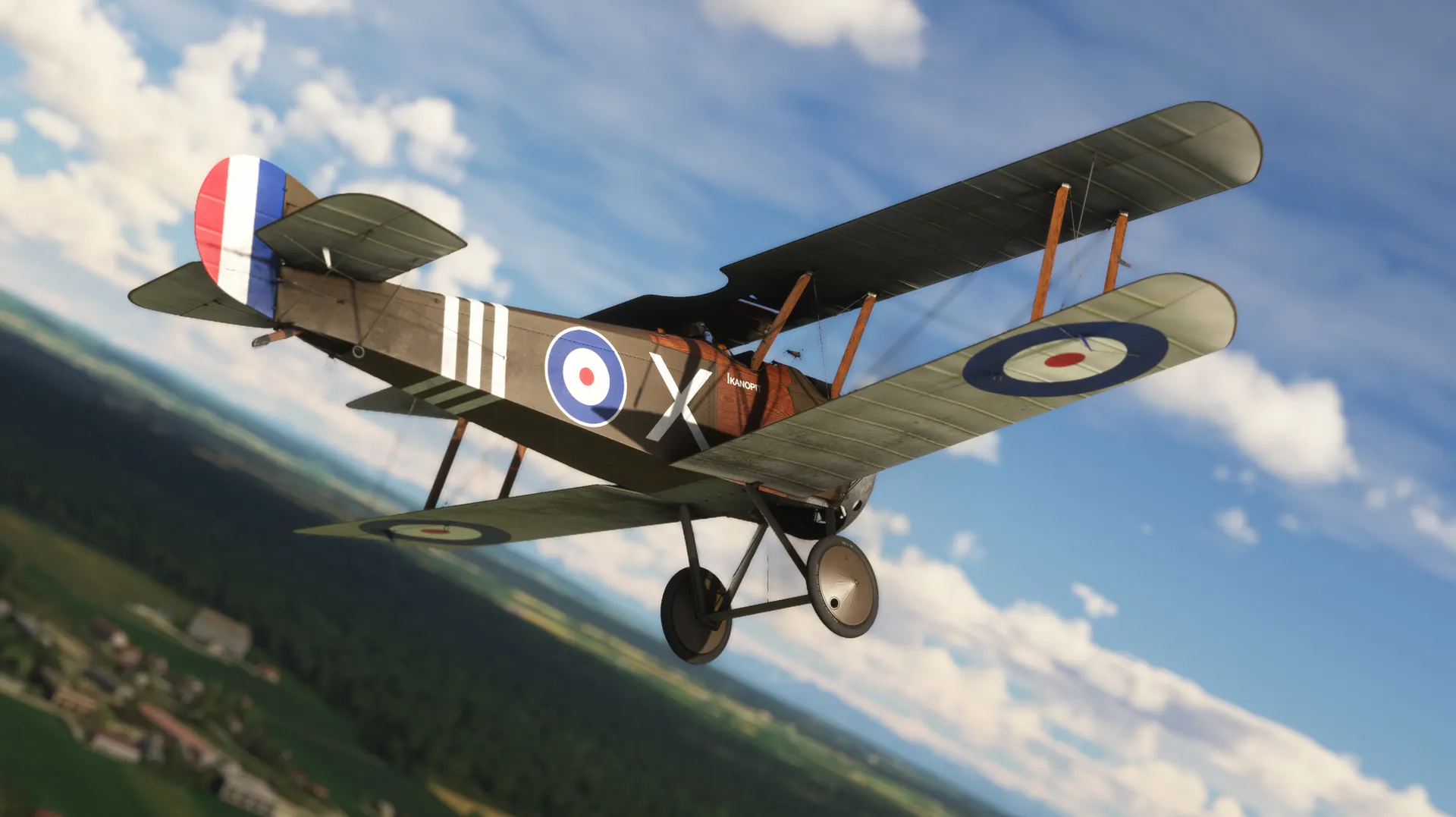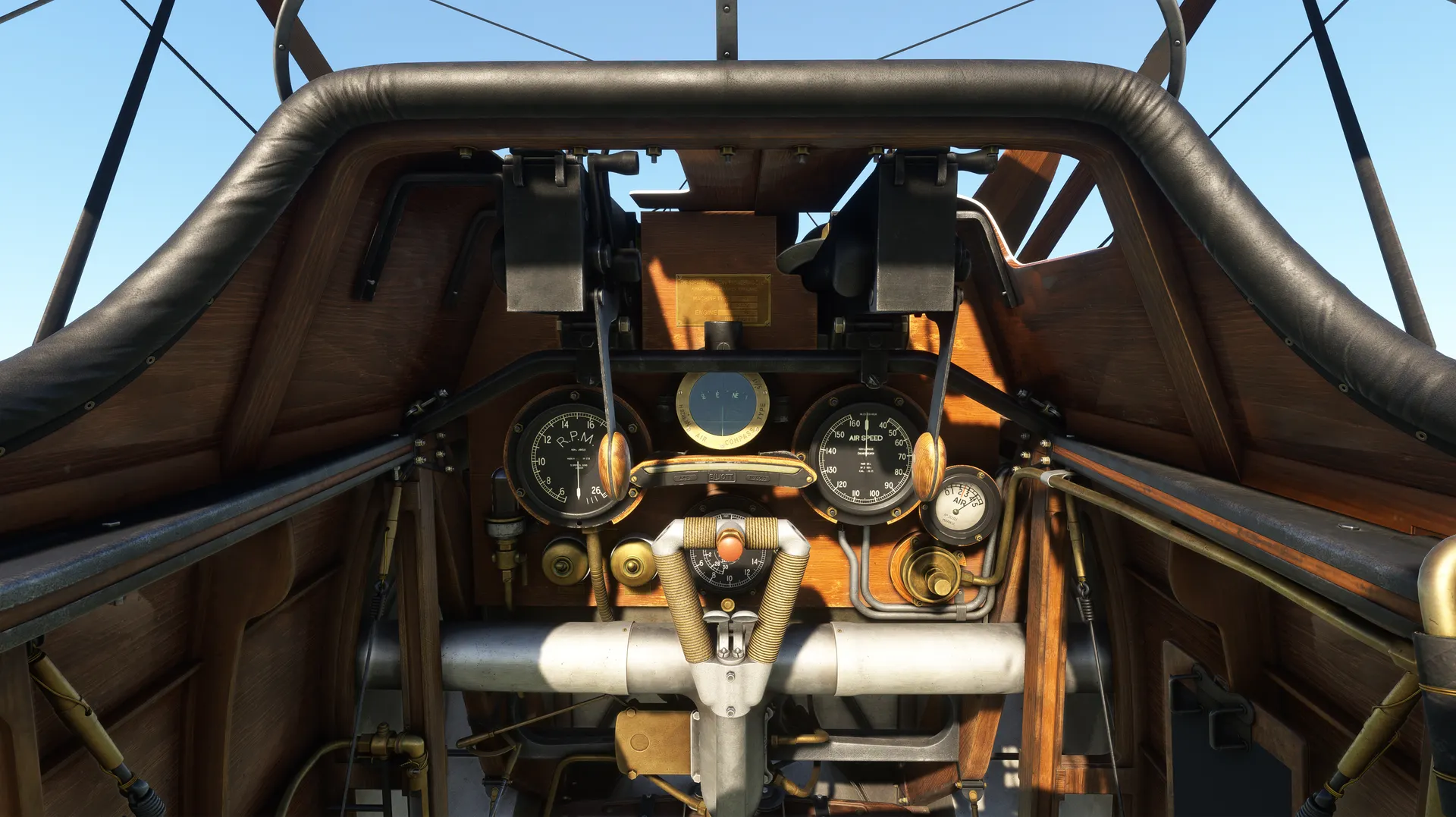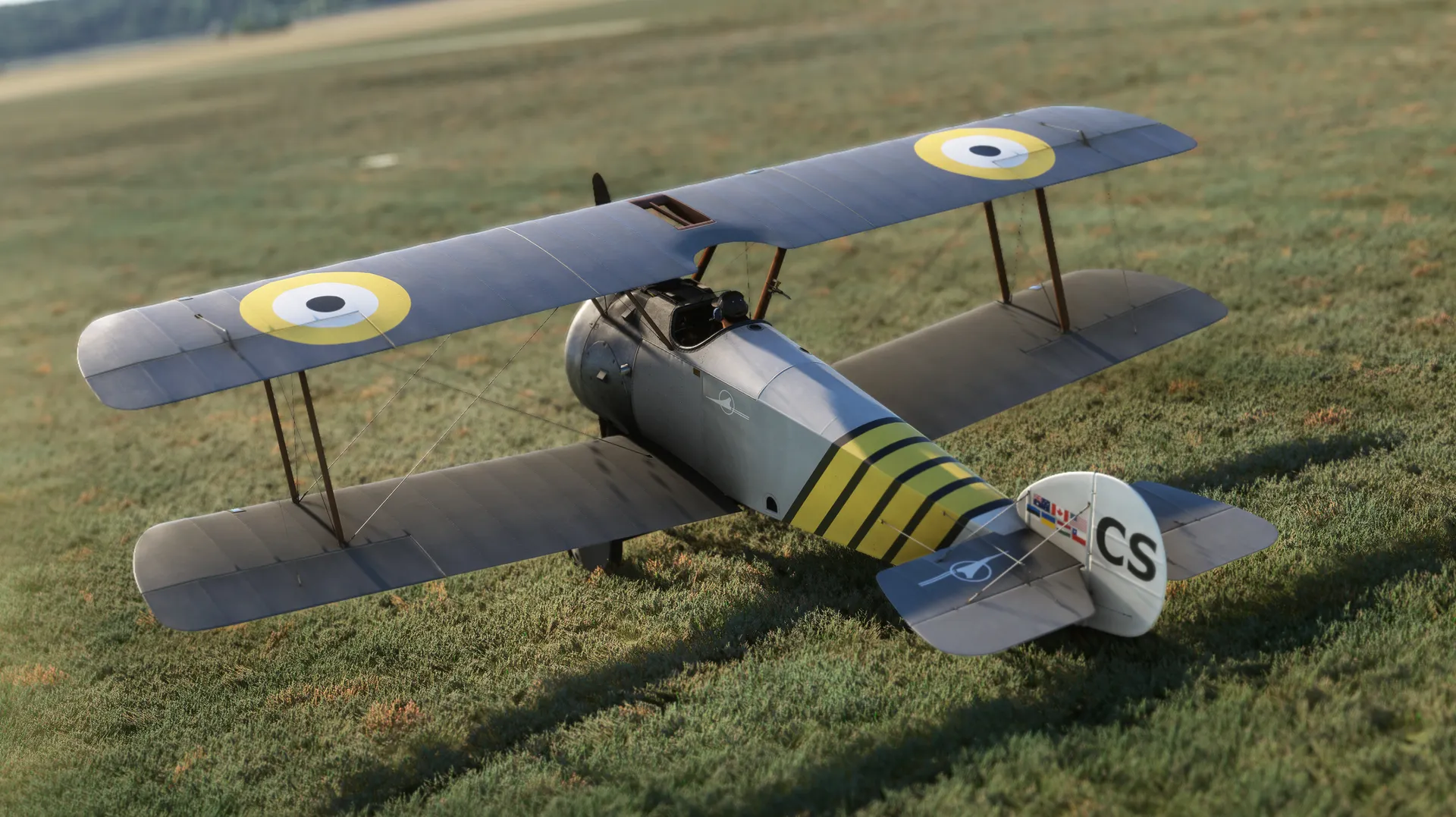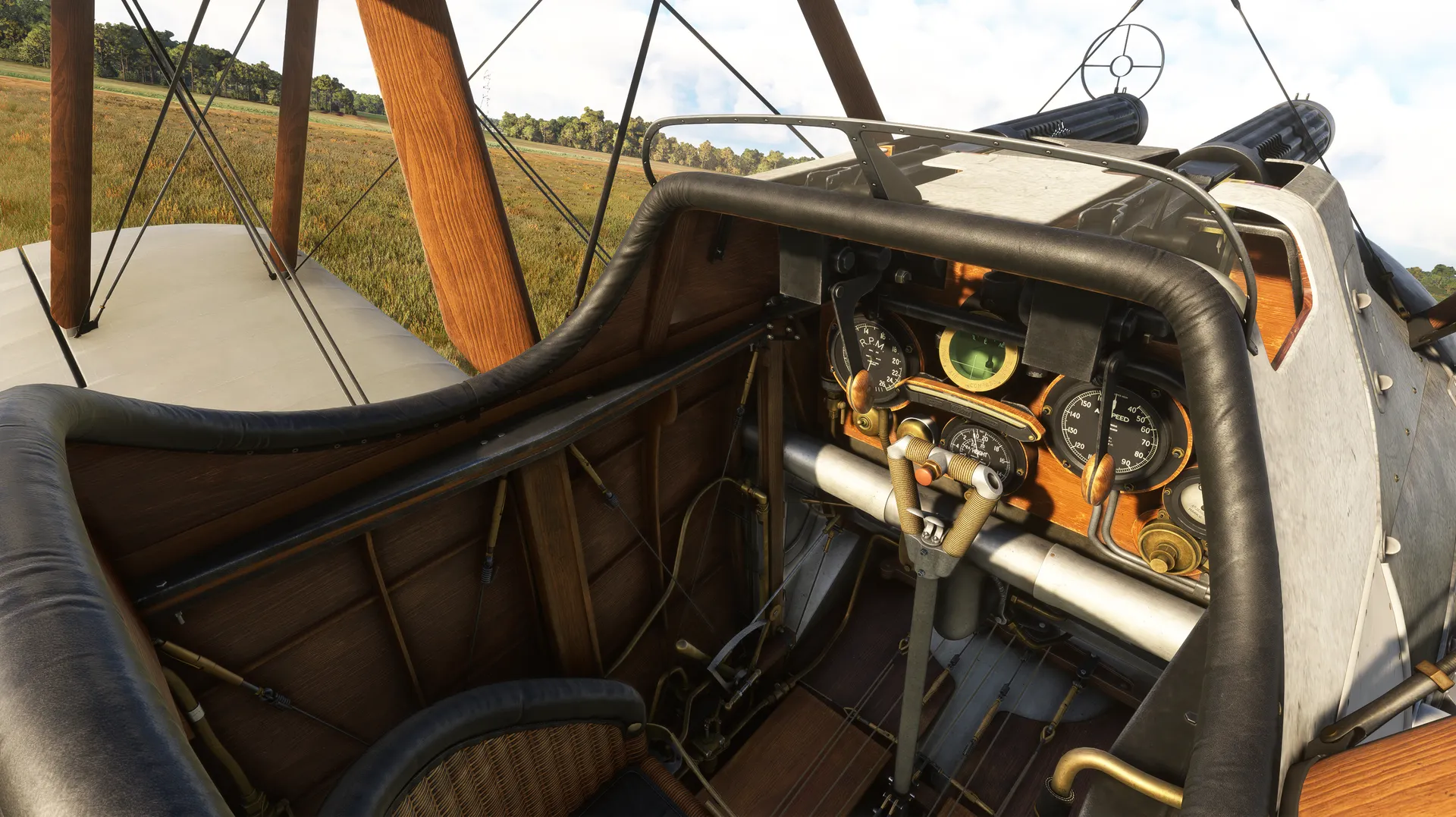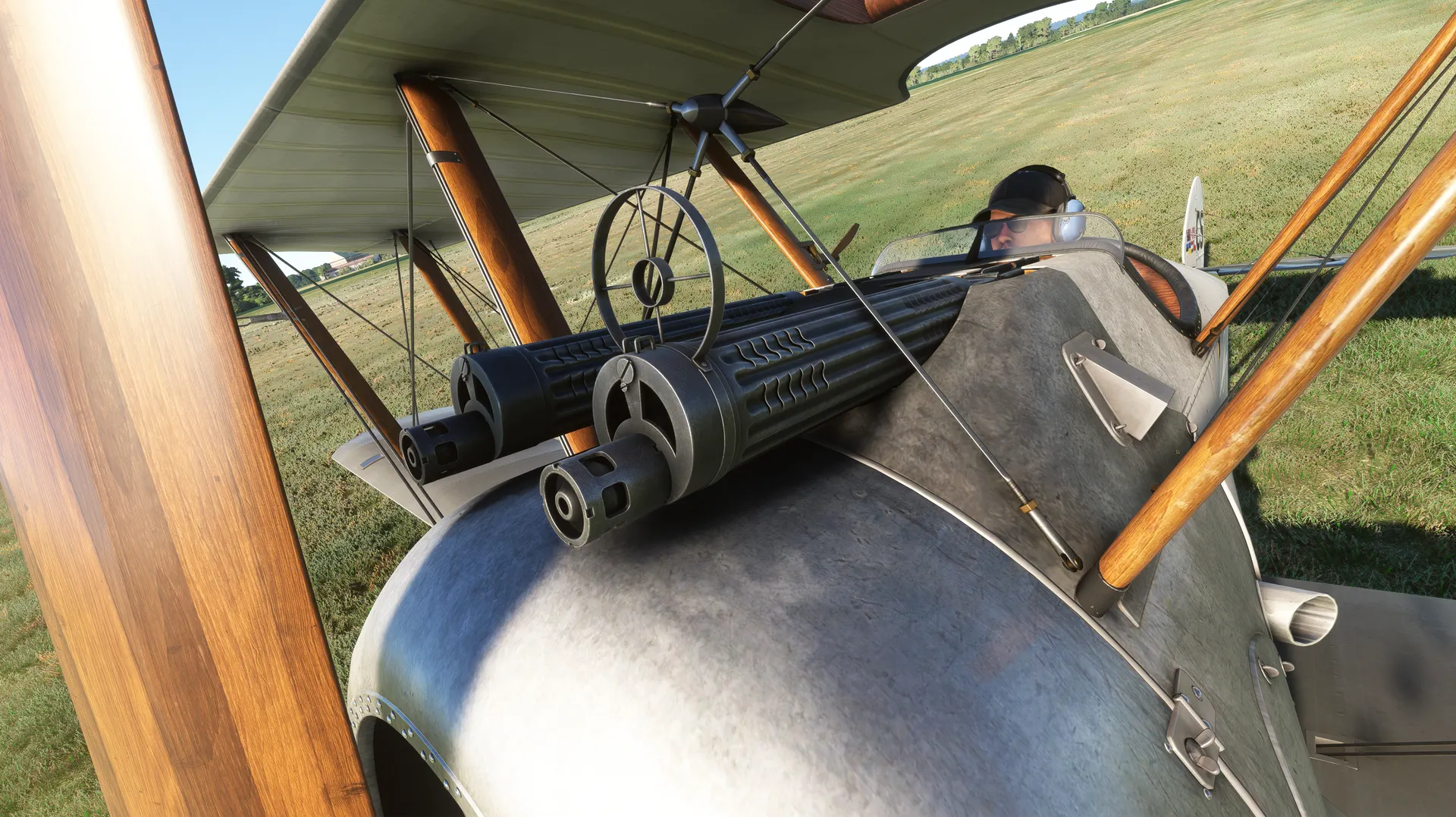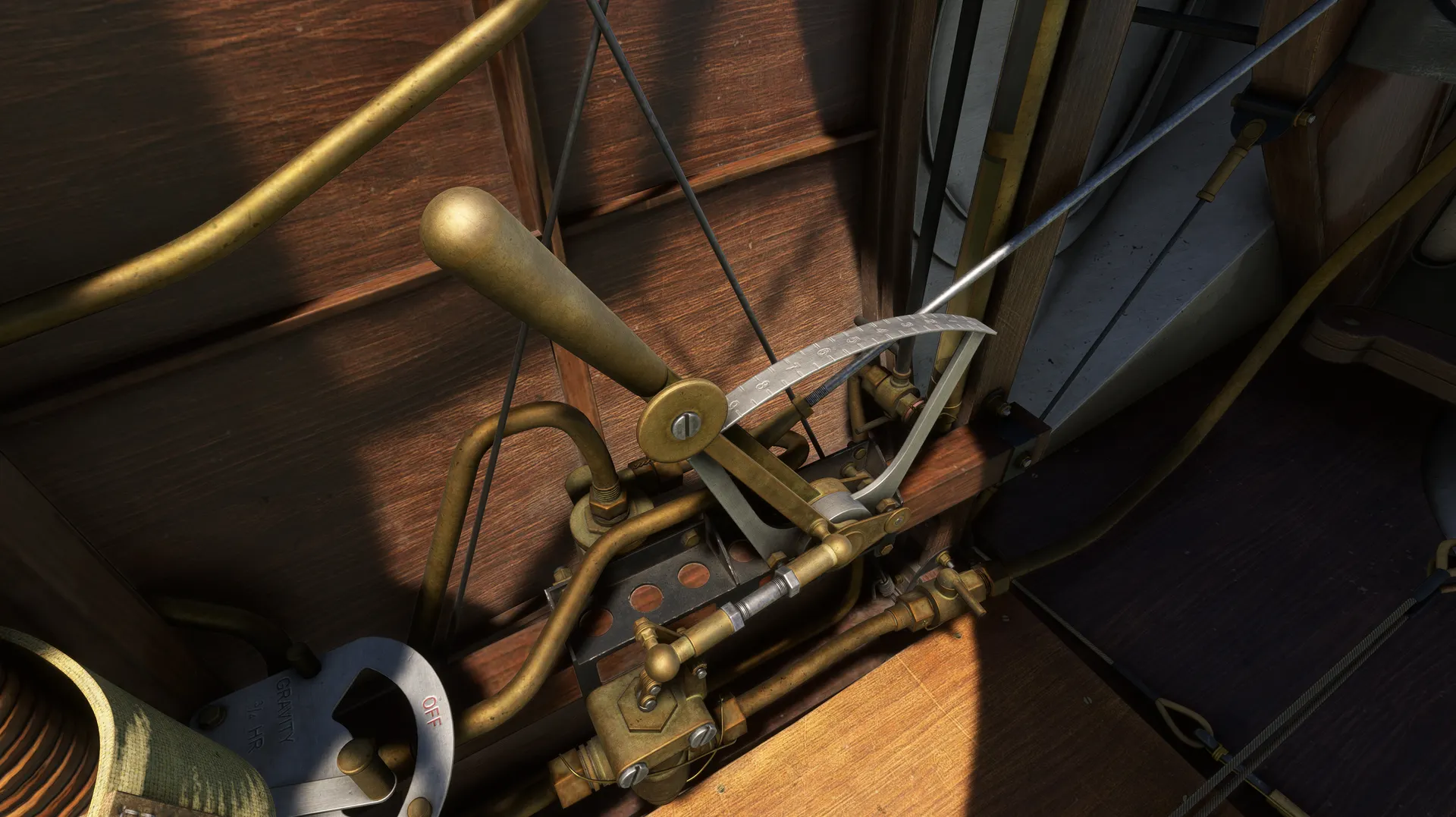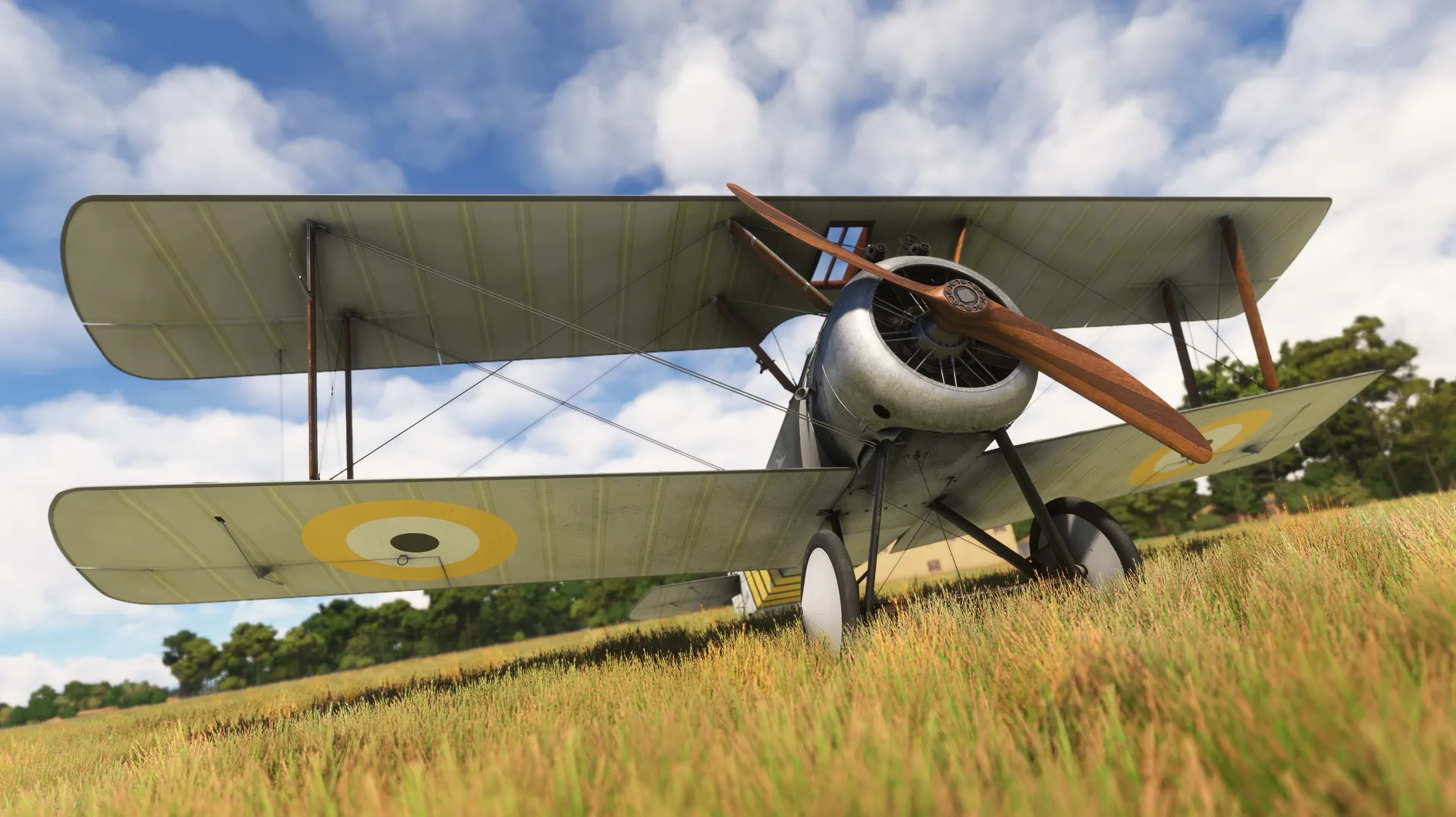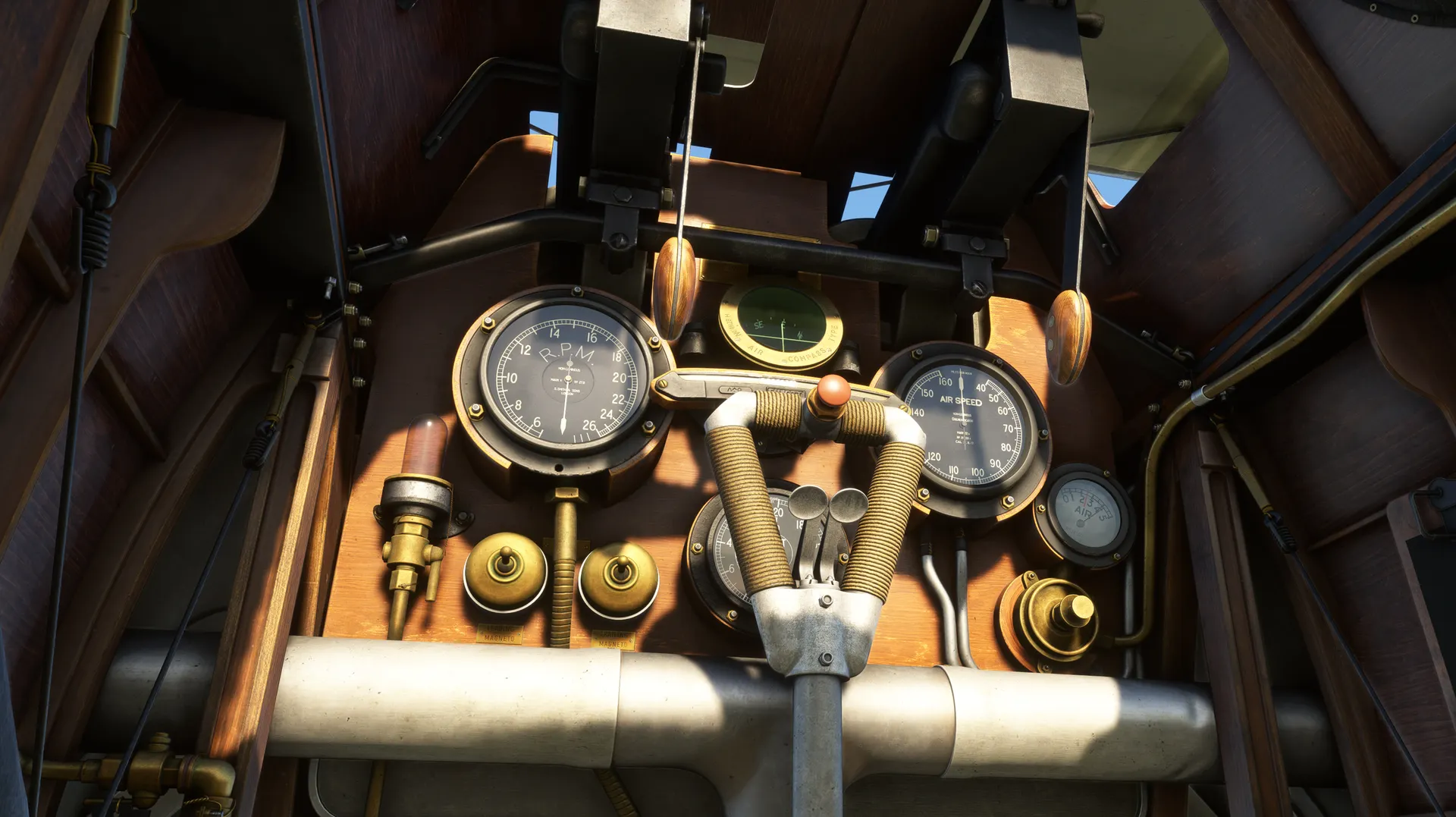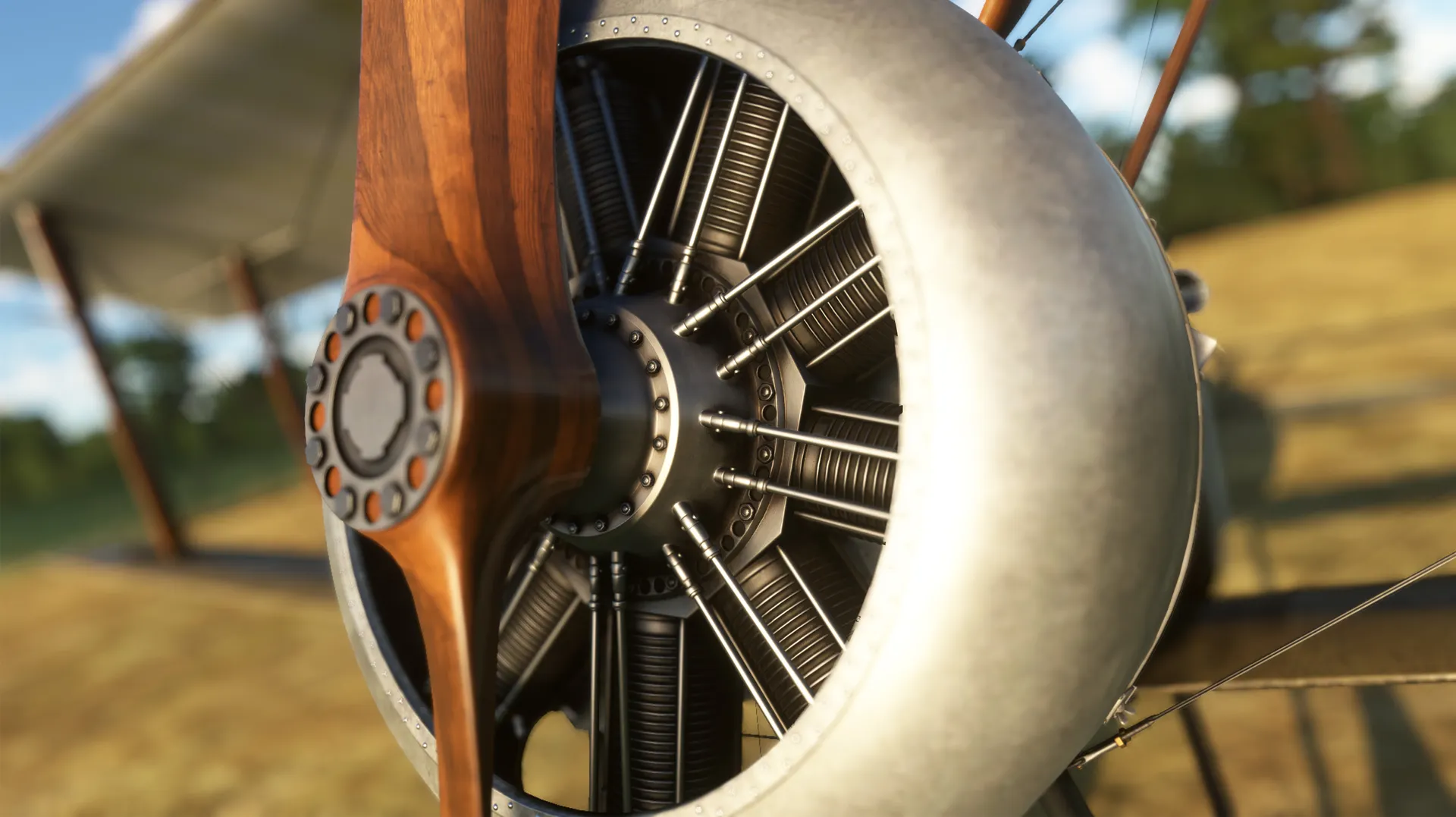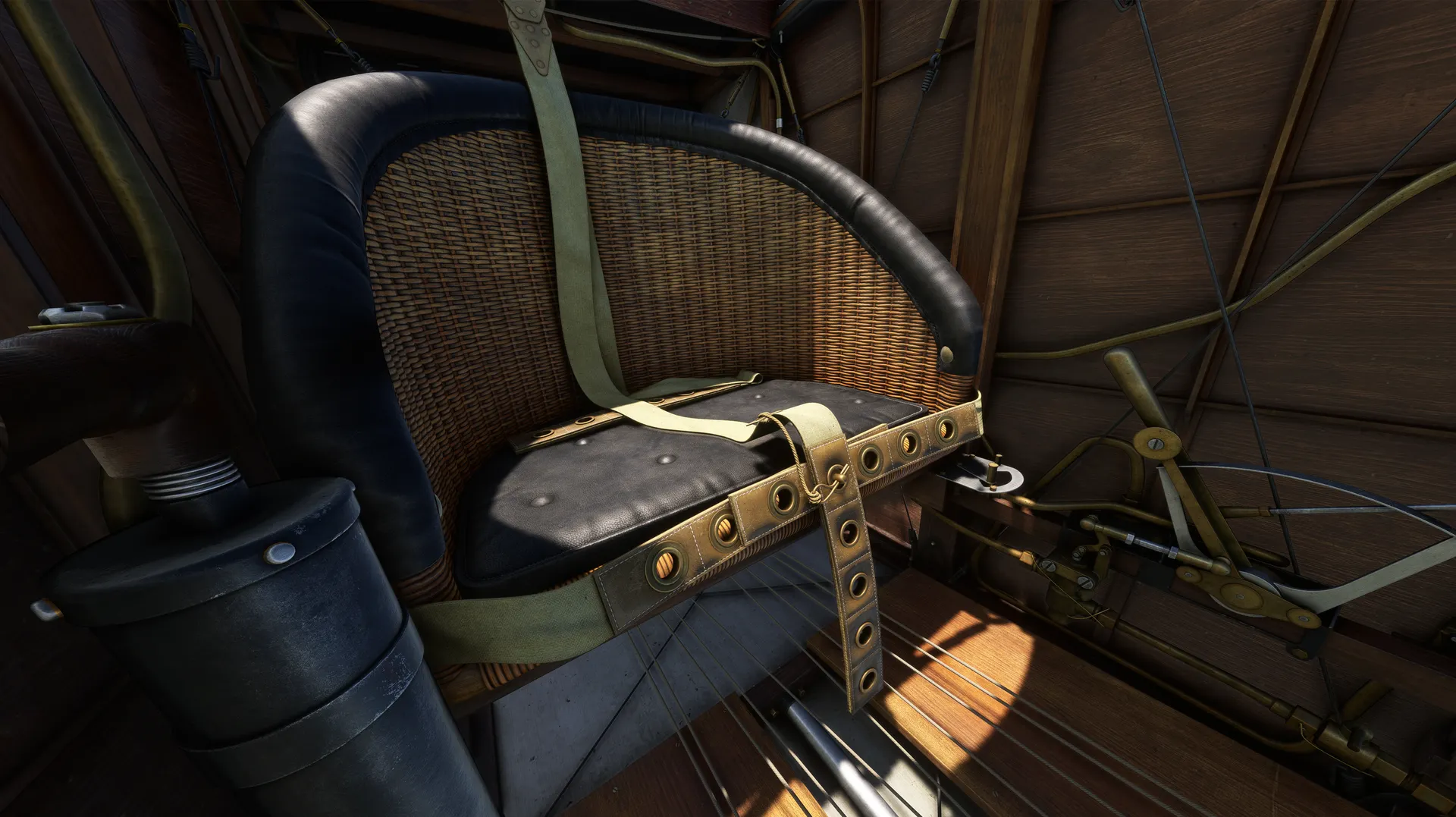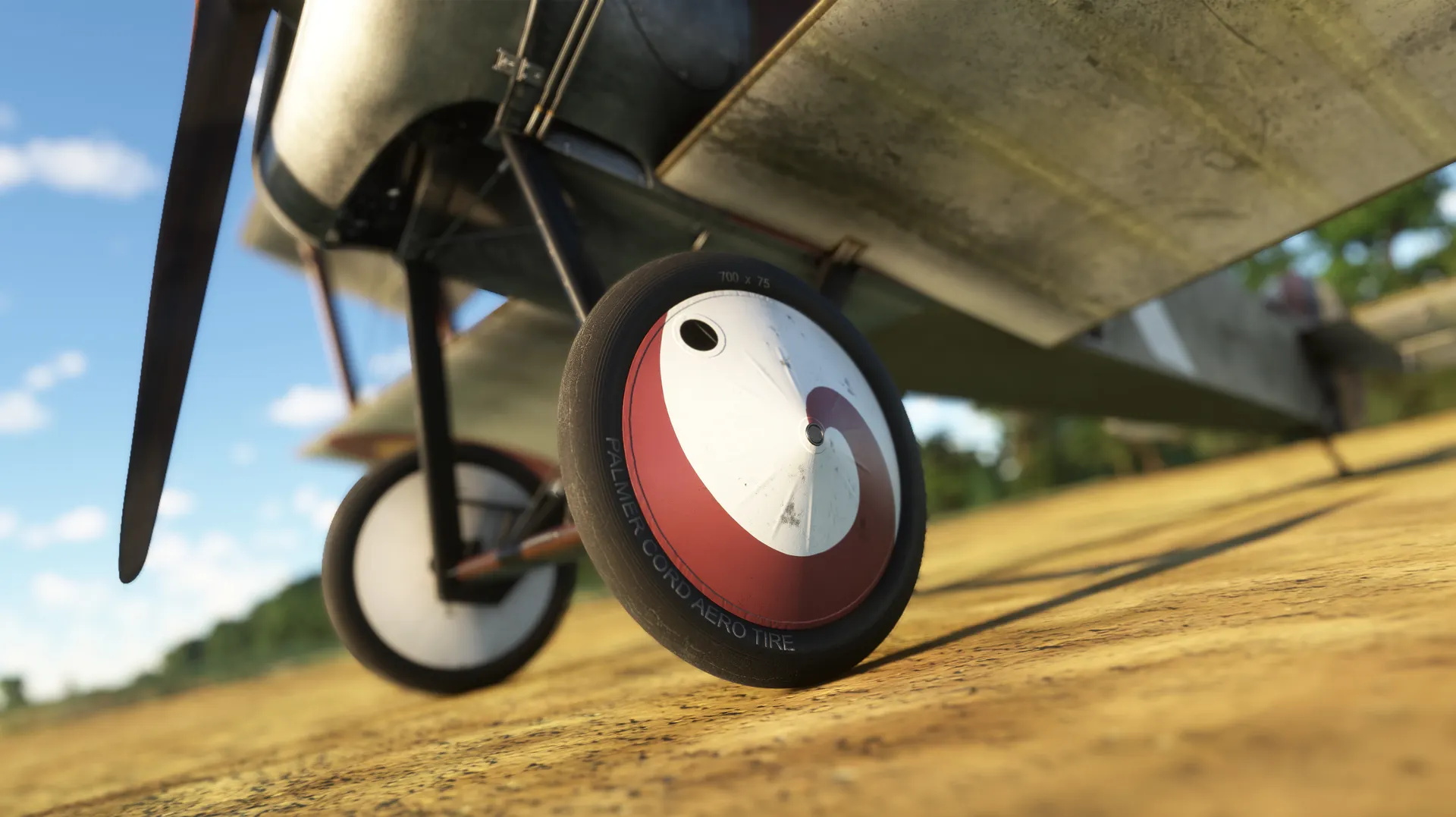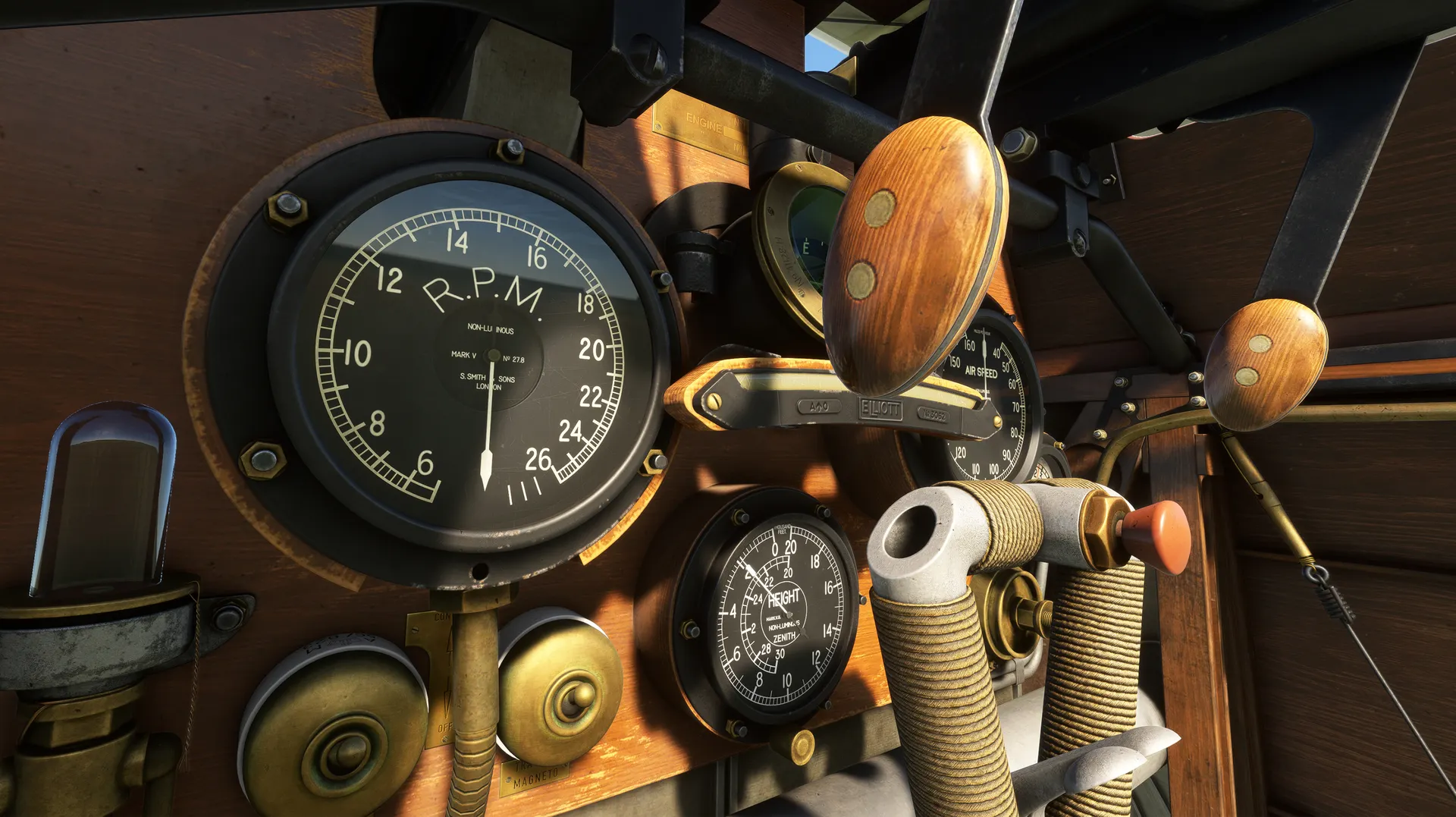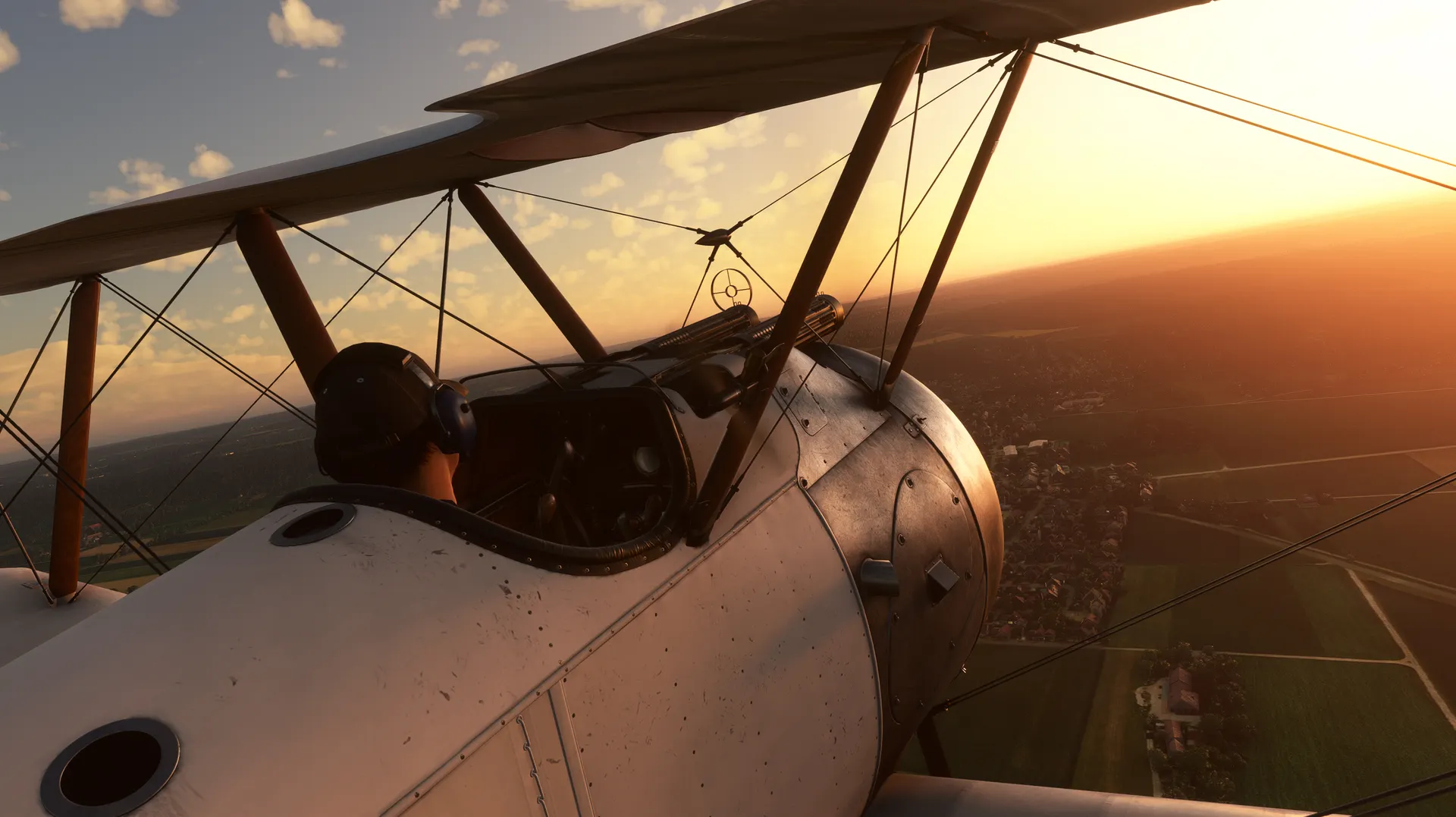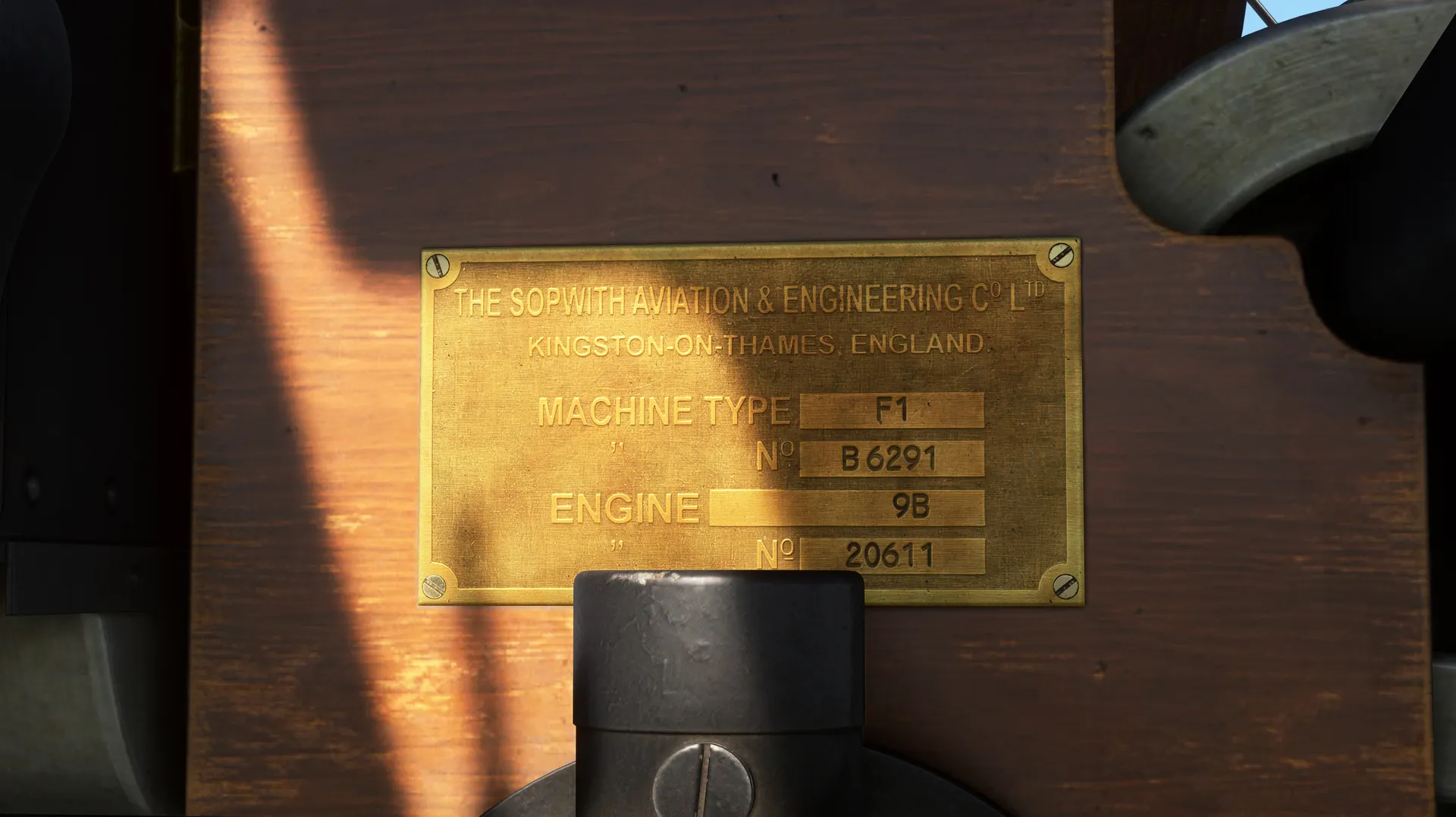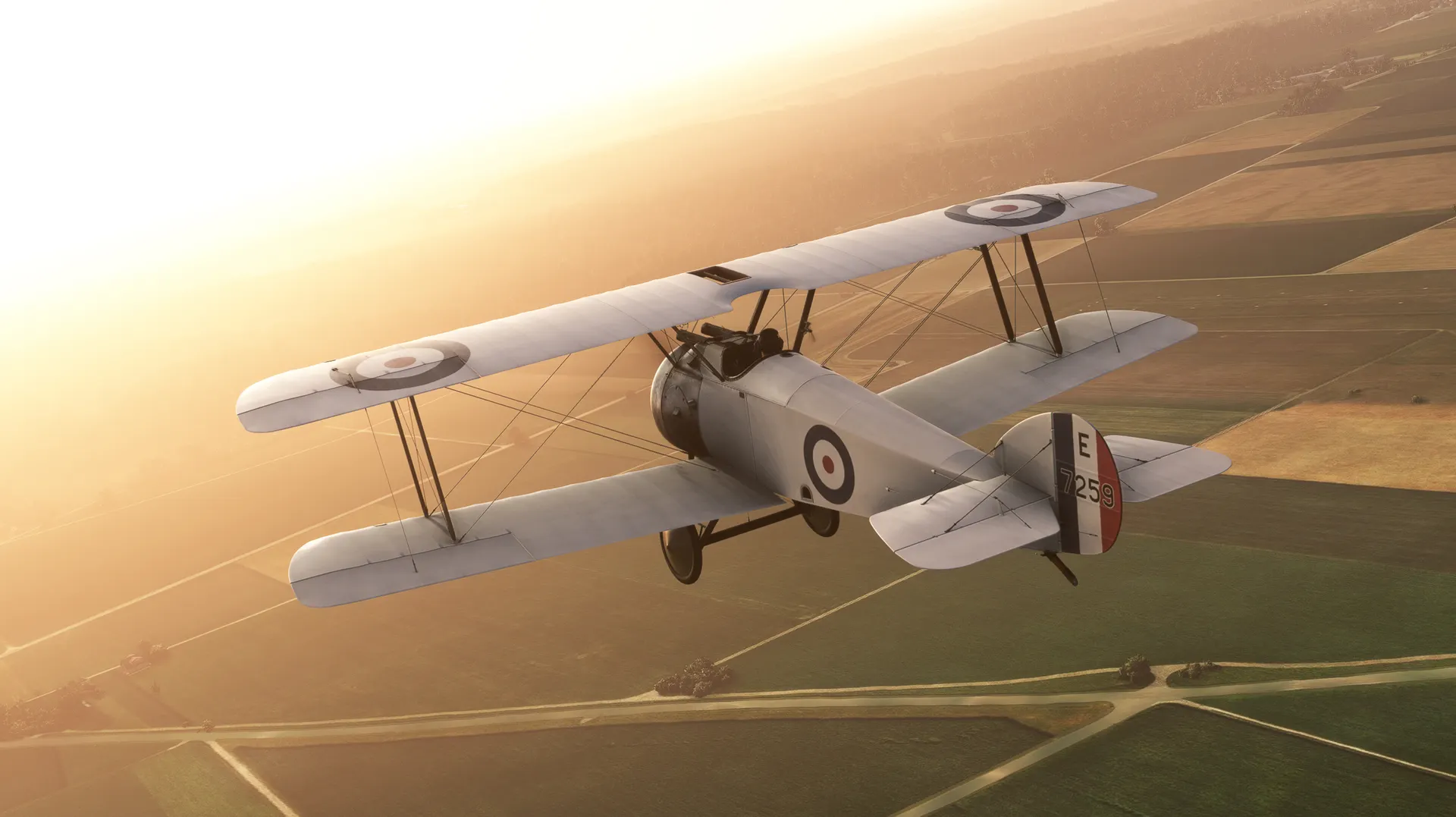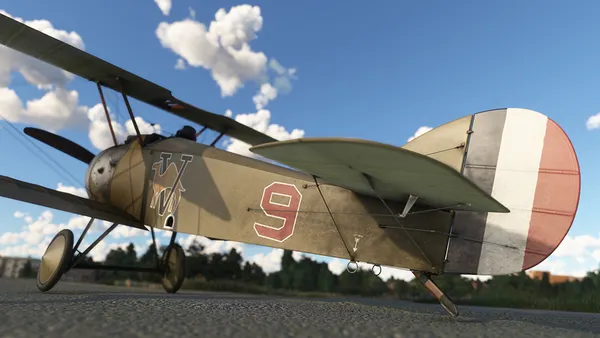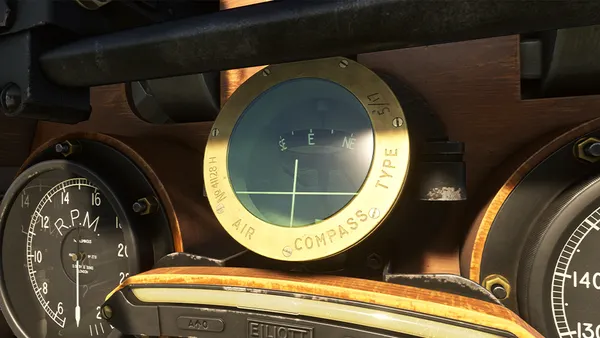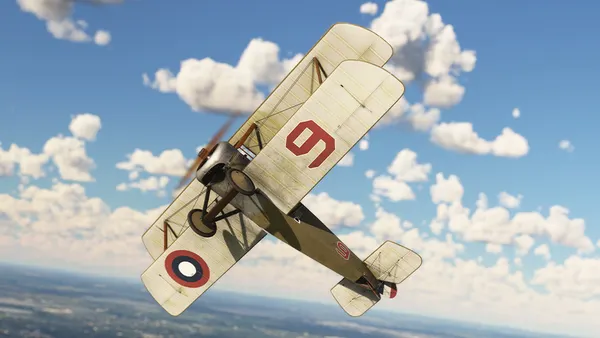The Camel is a World War I-era single-engine, single-seat military biplane developed and manufactured by the Sopwith Aviation Company of Great Britain. The F.1 Camel was the primary production version of the airframe. The prototype of the Camel took its maiden flight on December 22, 1916, and Sopwith introduced the F.1 Camel in June of 1917 during the height of the war. Eight surviving examples remain of the original Camel, with just one that is airworthy.
The Camel proved to be one of the most important weapon systems contributing to the Allied victory in World War I. Pilots flying the Camel achieved a total of 1,294 confirmed kills of enemy aircraft. The Camel was also used as a nighttime interceptor of German bombers and extensively employed as a light bomber, ground attack aircraft, and armed reconnaissance platform, making it one of the first multi-role fighters in military aviation history. Due to its successes, notably its air-to-air dominance, the Camel is one of the most famous and celebrated aircraft in history.
Sopwith Aviation developed the aircraft based on its previous fighter, the single-seat, single-engine Pup, which first flew in February of 1916. Outgunned, outmaneuvered, and slower than recently fielded German aircraft, the Sopwith Pup became obsolete shortly after its release. Officially designated the Sopwith F.1, and nicknamed “Big Pup,” the company’s new aircraft was slightly smaller in physical stature but much grander in engine horsepower, armament, and performance than the Pup.
Armed with two propeller-synchronized Vickers 7.70mm machine guns mounted in front of the cockpit, cowlings over the rear of the weapons resembled a hump of a camel, earning the aircraft the moniker “Sopwith Camel.” The aircraft first flew on December 22, 1916 and was fielded the following June. 5,490 were built, and they served the Royal Flying Corps, the Royal Air force, and the Royal Naval Air Service, the latter operating from some of the world’s earliest aircraft carriers as well as “lighters,” towed barges. Most Camels were single-seat, but the training variant was a two-place. Due to its design, the Camel was extremely maneuverable, particularly at low speeds, making it one of the most formidable dogfighters in the sky during the war. British World War I aviators loved the Camel’s nimbleness, but were aware that it required a delicate touch and constant attention as the aircraft could prove difficult to control.
The Camel measures 18 feet, 9 inches in length, has a 28-foot wingspan, and stands 8 feet, 6 inches tall. It features a standard fixed undercarriage, a traditional tail unit, and a rectangular fuselage. Framed with wood, it has fabric-covered wings, empennage, and control surfaces. The aircraft is powered by a 130-horsepower, 9-cylinder Clerget 9B radial piston engine that turns a 2-blade fixed-pitch propeller. The Camel has a range of 300 miles, a service ceiling of 19,000 feet above sea level, and a climb rate of 1,085 feet per minute. It stalls at 48 miles per hour and has a top cruising speed of 113 mph.
